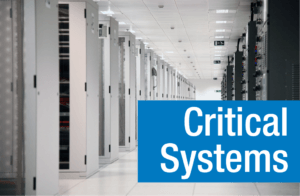
When a contractor responds to an RFP or provides a scope and pricing based on construction documents, there are typically three main types of costs.
- Equipment and Material Pricing
- Subcontracted work
- Direct labor costs.
In the earliest stages of budgeting, it can be difficult to accurately estimate any of these costs as the owner and engineering team are still finalizing overall scope, design parameters and other specific project requirements. While material costs are relatively easy to nail down earlier in the process, the labor costs will vary due to many factors outside of the design team’s control.
In order to establish a more accurate estimate of labor requirements, there must be a plan for how the project will be built including schedule requirements and work flow. The schedule will allow the contractors estimating the work to identify certain unknown quantities, such as leadership and supervision required as well as tools and rental equipment. The work flow is even more important as the wrong or insufficient flow will affect many or all contractors on site. Without a strong, well thought out plan, contractors cannot accurately predict what obstacles and safety hazards will be present increasing the risk of injury, the need for overtime or shifts and the inefficiencies associated with several trades having to work in the same area. Worst of all, these risks and costs could be for nothing as the probability of maintaining the schedule is still greatly reduced.
The frantic environment that can be created when a project plan is not well thought out in the early stages will not only impact safety, productivity and cost, but can have a major impact on the quality of the final product. Waiting to start planning until construction begins will greatly inhibit the ability to make any substantially beneficial changes to the project. The ability to implement changes and the costs associated with their implementation are inextricably linked to the point in the project’s progression that the change occurs. In the mission critical field, this relationship is even more important to understand due to the tight schedules and large scopes. As projects progress, the ability to change continues to decrease as more and more resources are poured into the current plan. Likewise, the cost of implementing changes will continue to increase as more work is completed and more trades could be affected by the change.
Although the costs of strategy, design and construction are minimal when compared to the lifecycle cost of the facility, the decisions that are made early in the project will have permanent and lasting effects on the lifecycle cost of the facility as well as the quality and speed of construction. When considering a new project, it is important to remember that putting more effort put into creating a detailed plan upfront will both help control costs and will pay more dividends throughout the project duration and the life of the building.
Have a question for our experts? Leave your comment below and check out our website for more information.



